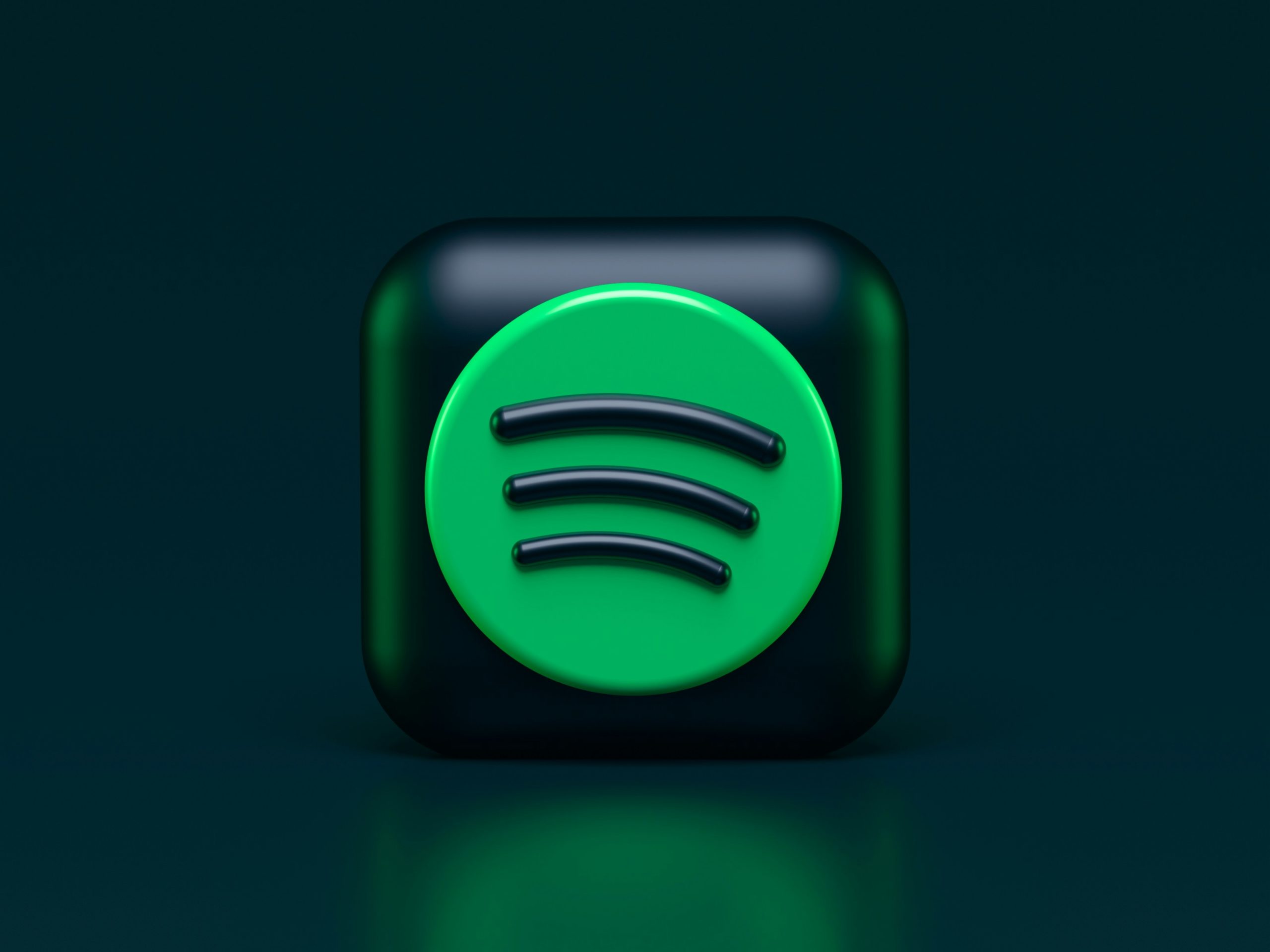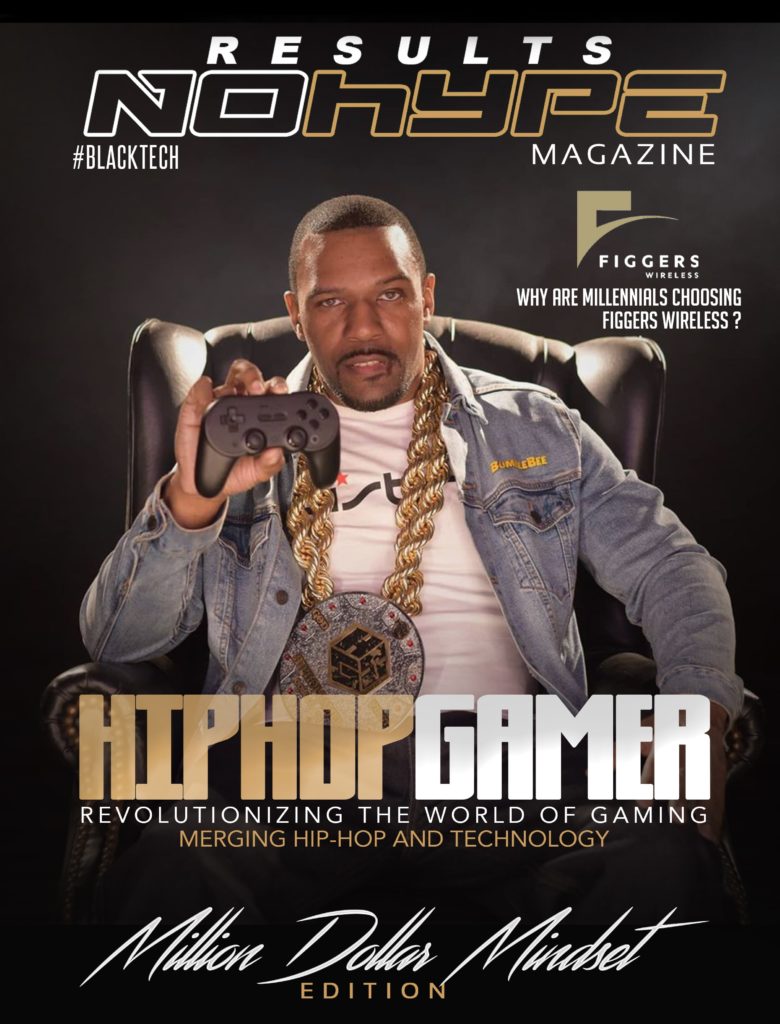Photo by Alexander Shatov on Unsplash
Spotify has always been a unique app in the world of digital media, offering a space where users can engage with content in a more deliberate and focused way. As other platforms capitalize on endless scrolling and sensational content, Spotify is striving to differentiate itself from the noise and chaos of the digital landscape. Now, as part of a new strategy to grow its advertising revenue, Spotify is pitching itself to brands as a platform that promotes positive engagement and offers a healthier alternative to doomscrolling.
In a world where time spent on social media platforms like TikTok, Instagram, and Twitter is often consumed by mindless scrolling, Spotify has never quite fit into that category. The app’s focus has always been on music, podcasts, and audiobooks, creating a more intentional and less passive experience for its users. While this has earned it a loyal fan base, it has also kept its advertising revenue relatively low. In 2024, Spotify made $1.85 billion from ads, which pales in comparison to the $13.8 billion generated from premium subscriptions.
This discrepancy in ad revenue could be partly due to the perception that Spotify is a passive experience, one that’s typically used in the background rather than as the main focus of a user’s time. Advertisers, accustomed to the high engagement seen on social media platforms, have been slow to recognize the potential of Spotify’s ad space. But now, the company is working hard to change this perception and convince brands that their listeners are anything but passive.
A healthier digital space for brands
Spotify’s co-president and chief business officer, Alex Norström, recently likened the app to a healthier alternative to the fast, junk-food-like content found on other apps. In an interview with The New York Times, he explained that Spotify’s content offers something more nourishing for the mind, as opposed to the “high-caloric, quick things” often found on platforms like TikTok and Instagram.
Spotify is now aiming to position itself as a more enriching, intentional space for users. Unlike other platforms that are designed to keep users endlessly scrolling and consuming content, Spotify offers an experience where users can actively choose the content they want to engage with—whether it’s creating a collaborative playlist with friends or diving into an audiobook for a few hours.
“We’re about providing something that feels good,” said Lee Brown, Spotify’s global head of advertising. The idea is to create a platform that’s not just for filling time but for enhancing the user’s day in a meaningful way.
Features that drive active engagement
Spotify is also highlighting features that encourage more active engagement from users. One such feature is the Jam function, which allows listeners to create group playlists with friends, turning music discovery into a more social, collaborative activity. This is a far cry from the mindless consumption typically associated with other apps.
In addition to Jams, Spotify is also focusing on long-form content such as podcasts and audiobooks, which require a deeper level of engagement. Users are spending significant amounts of time listening to podcasts or following along with an audiobook, making it a space for deeper connection rather than fleeting, surface-level interactions.
By promoting these features, Spotify is aiming to show advertisers that its user base is engaged, not passive. In fact, these features allow Spotify to offer a much richer, more intentional experience than the typical social media scroll.
Spotify’s shift away from doomscrolling
As the digital world becomes increasingly saturated with negativity, many users are turning away from the toxic content found on platforms like X (formerly Twitter) and Instagram. Amid this shift, Spotify is marketing itself as an antidote to the chaos. The company’s message to advertisers is clear: if you’re looking for a platform that offers positive, purposeful engagement, Spotify is the place to be.
According to Spotify’s Culture Next Report, 72% of Gen Z listeners see the app as an antidote to doomscrolling. This generation is more conscious than ever of the impact social media has on their mental health, and many have turned to Spotify as a space where they can consume content without the stress and negativity that dominates other platforms.
For advertisers, this presents a huge opportunity. Gen Z is not only a highly engaged audience, but they also prefer to support brands that align with their values and promote positivity. Spotify is positioning itself as the platform where brands can connect with this audience in a meaningful way.
Spotify’s use of AI to enhance ad creation
To make it easier for brands to tap into its growing user base, Spotify is also leaning into technology to streamline the advertising process. The company is utilizing Generative AI to help advertisers create scripts and voiceovers more efficiently, making it easier for brands to produce content that fits seamlessly within the Spotify ecosystem.
This move is part of Spotify’s broader strategy to enhance the advertising experience and attract more brands to the platform. By simplifying the ad creation process, Spotify is aiming to make itself an even more appealing option for advertisers looking to reach a highly engaged, positive audience.
A bright future for Spotify’s advertising revenue
Spotify’s advertising revenue has always lagged behind its subscription earnings, but the company’s efforts to reposition itself as a healthier, more engaging platform are beginning to pay off. After a challenging 2023, which included layoffs and uncertainty, Spotify rebounded in 2024 with its first full year of profitability and a significant jump in stock value.
The company’s shift toward offering a more intentional, positive space for users has the potential to make it a more attractive option for advertisers looking to connect with engaged, value-driven consumers. By promoting its unique features and its focus on creating a healthier digital experience, Spotify is setting itself apart from other platforms and positioning itself as a powerful force in the digital advertising space.
Conclusion: A healthier space for users and advertisers alike
As Spotify continues to refine its advertising strategy and focus on user engagement, it is becoming clear that the platform is more than just a music streaming service. It’s a space where users can escape the chaos of other social media apps, connect with content they love, and feel good while doing it.
For advertisers, this presents an opportunity to reach a highly engaged, positive audience that values intentional, enriching experiences. In a digital landscape increasingly dominated by toxic content, Spotify offers a refreshing alternative—a platform where brands can connect with users in a meaningful and authentic way.



